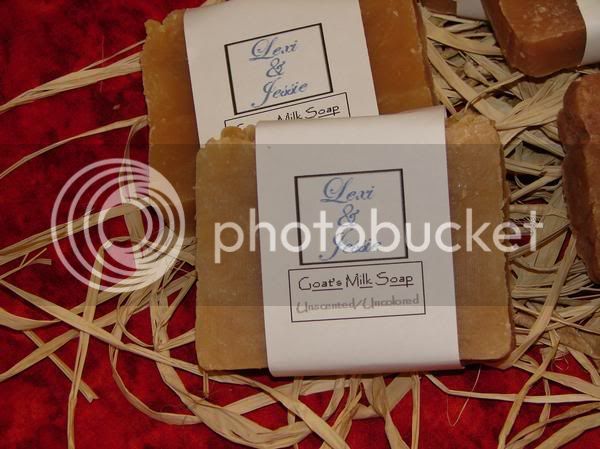I make gm soap and was recently told that you could add just enough water with your lye to get a thin paste and add that to your slushy gm....slowly, of course and then when proper temp was reached (she recommended 95 degrees) add your oils of equal temp and bring to a light trace and pour into molds.
Does anyone know if this works or not? Will this little adjustment of liquid change my lye measurements?
Thank you.
Does anyone know if this works or not? Will this little adjustment of liquid change my lye measurements?
Thank you.






